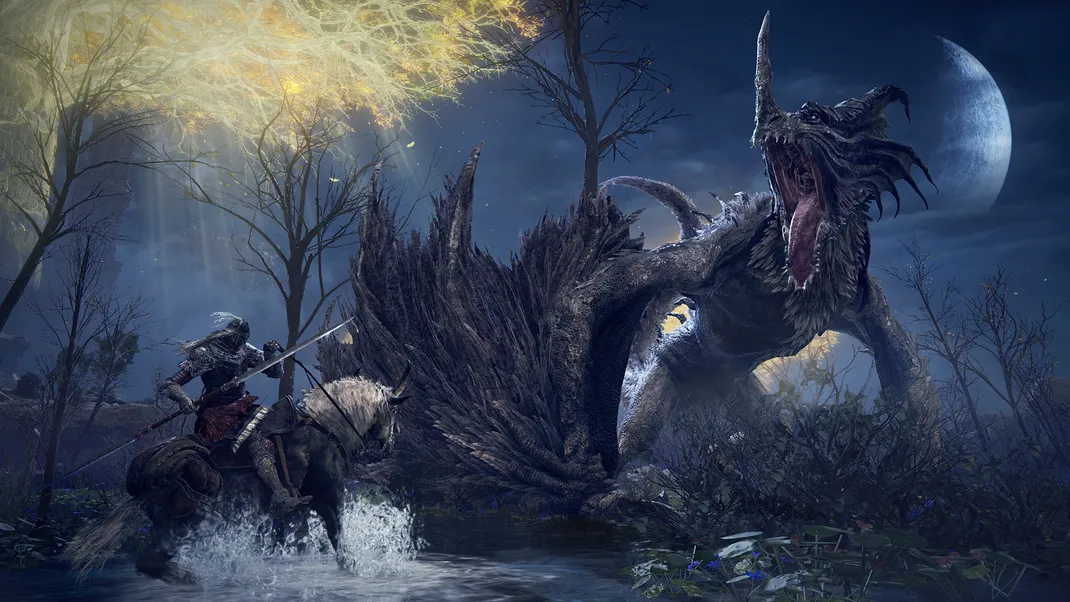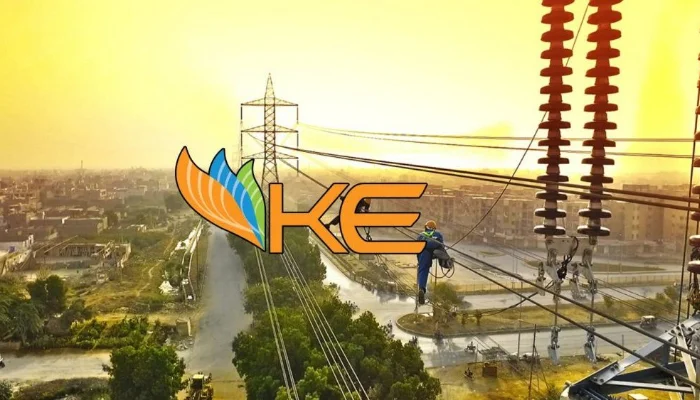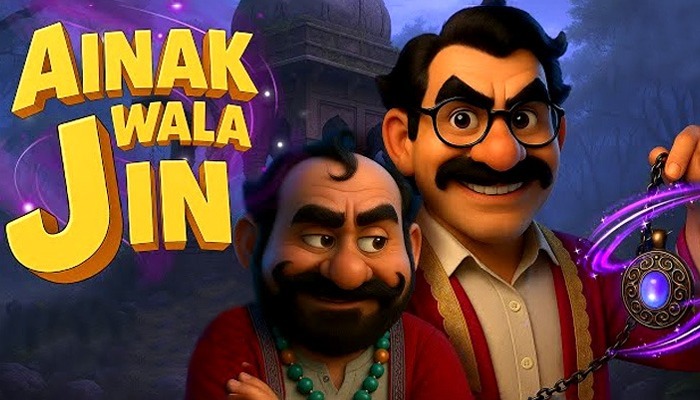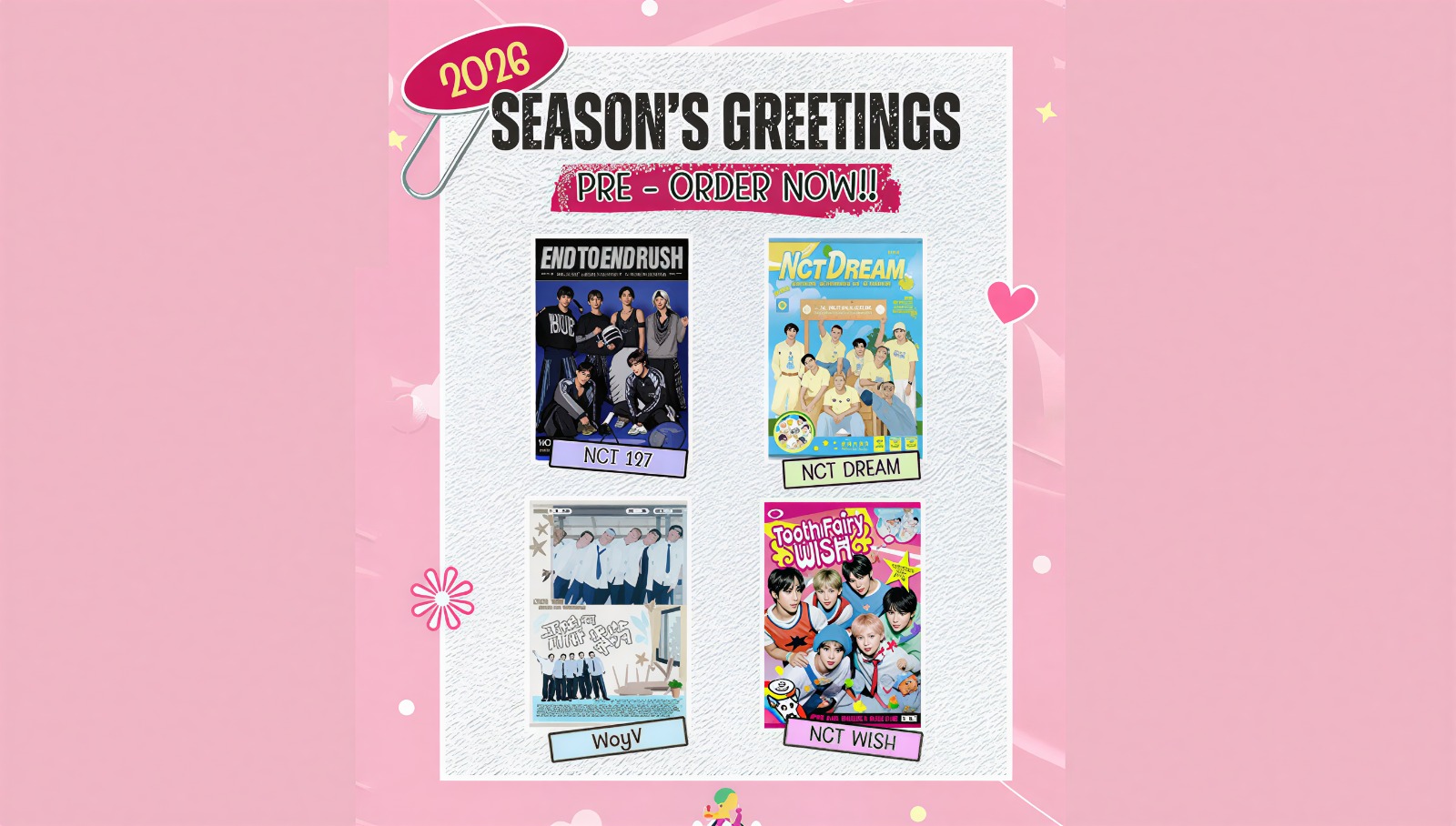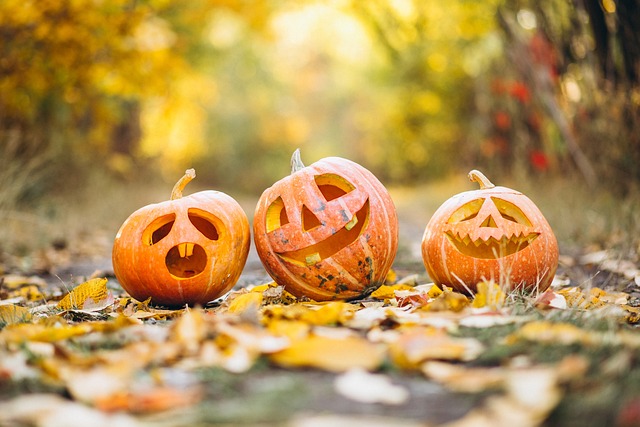When When I was a kid, I used to daydream while reading paperback fantasy novels. I was too young to read these stories of sex and brutality, but the hand-painted covers, with dragons and swords and ancient ruins, enticed me with the promise of adventure. It’s a sensation I’ve pursued since embarking on my own fantasy quests in games dating back to the original Legend of Zelda. Few have been able to compete with my paperback-inspired imagination; they’re frequently too rigid or linear to create the impression of freedom I desired. None have come close to Elden Ring’s experience.
Elden Ring, the latest title from Bloodborne and Sekiro creator FromSoftware, is, at its core, an attempt to combine the studio’s distinct action-RPG model with a large open world. Consider it a cross between Dark Souls and Breath of the Wild. It’s an ambitious notion, but Elden Ring more than lives up to it. It combines everything you’d expect from the developer — deep and hard combat, complicated systems, and narrative that’s equal parts beautiful and sad — with an enormously massive world that you may explore anyway you like.
This idea provides the game’s basic framework, as it does in the finest open-world games — you must travel around the Lands Between to restore the Elden Ring — but it’s not about following a linear narrative. There is a golden road that leads you to the next important boss or event (similar to the guiding wind from Ghost of Tsushima), which you are allowed to ignore if you so desire. There are a few impediments to growth, but the best thing of Elden Ring for me is how open it feels.
As with the finest open-world games, this notion provides the game’s basic framework — you must travel around the Lands Between to restore the Elden Ring — but it’s not about following a linear plot. There is a golden trail that leads you to the next important boss or event (similar to the guiding wind from Ghost of Tsushima), which you can ignore if you so desire. There are a few impediments to growth, but the finest aspect of Elden Ring for me is how open it feels.
But then I knew… I could simply go do something else. I disregarded the guiding light and devised my own goal. I mounted my phantom steed and ventured into uncharted territory. I returned ten hours later, stronger and wiser, and I defeated that blasted boss. The point is, I wasn’t simply out there grinding for experience and stuff. I was off on my own quest. I explored deadly bogs and horrible beaches. I infiltrated other castles and crept through underground dungeons and mines. I just slayed a dragon. All of this increased the potency of my character, but more crucially, it allowed me to grasp the game well enough to feel much more at ease during the terrible boss battle.
The world that FromSoftware has developed is what makes it all work. It is both enormous and teeming with things to see and see. It appears to be quite huge at first, with a map that covers a whole continent, but it gradually exposes its true, more amazing breadth the longer you play. The Lands Between is more than simply large; it’s also full of interesting things to find, from the numerous mini-bosses prowling around to the sheer variety of sceneries. You’re deep underground exploring a sunken metropolis with strange stars overhead one minute and in a burning land with a blood-red sky the next. It can be breathtakingly gorgeous, such as when a deluge of golden leaves falls in the middle of a dark night. Elden Ring is the kind of game where you notice something interesting in the background — a castle piercing the sky, a golden tree the size of a skyscraper, a big skull carved into a mountain — and figure out how to get there if you’re determined enough.
I was never intimidated by the scale. To begin, you don’t get a complete feeling of the scope right away; it isn’t until you really start travelling and looking for maps that you realise exactly how big the globe is, giving you time to adjust. It is, nevertheless, relatively straightforward to travel around. You have a spirit horse-like creature that you may summon at any time, which not only allows you to go quicker but also allows you to dodge battles if you’re careful. The Lands Between are also brimming with “sites of grace,” which are essentially save points that double as fast-travel locales, allowing you to dash back and forth between locations you’ve already visited. I spent a big amount of the game going about looking for these to make exploration less intimidating; if I got lost, I’d know there was somewhere nearby to gather my bearings.
The universe is also full with the kind of melancholy storylines that FromSoftware is known for, with exploration playing a role in the plot. The few people who will talk to you are all tragic personalities giving little missions in exchange for a brief painful storey. My personal favorite simply offers to give you a hug whenever you want, so she can feel your warmth. Even monsters can experience tragedy. I came across one beast that was continuously agitated because it was confined in a metal helmet, and I came across a beach full of skeletal animals that I later determined were survivors of a shipwreck.
But the game can also be pleasantly strange at times. I spent an hour trying to solve a problem involving a talking tree; my favourite helpful spirit to call was a big, floating jellyfish; and I currently have a pouch full of ovaries acquired from a land octopus cadaver. There’s a task where you have to clean skulls off of a creature’s foot.
What’s particularly appealing about a more open framework is that it preserves what makes FromSoftware games so popular. Instead, it enhances it. Combat is tense and rewarding, and the bosses remain big and fearsome. I’m still discovering new things about how magic, crafting, and other in-game systems work after 40 hours. All of this is to imply that, while this is perhaps the most approachable game the studio has created, it is still extremely tough. It’s still difficult, but you have more options for dealing with the tough moments. Not only does it demand your focus and attention in a way that few other games do, but it also demands a lot of your time now that it’s so vast.
I don’t think I’m even close to finishing the game after 40 hours of exploration; sometimes it feels like I’m just getting started. Elden Ring isn’t a game you play for an hour at a time. It’s a game that completely consumes you. It’s become a way of life for me, and I still think about it when I put down the controller.
I’m not sure if I’ll ever be able to beat it. And, to be honest, I’m not sure I want to — I’m old enough to read those books now, but I’d rather write my own.

